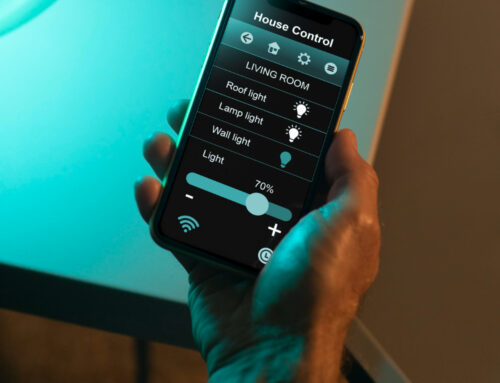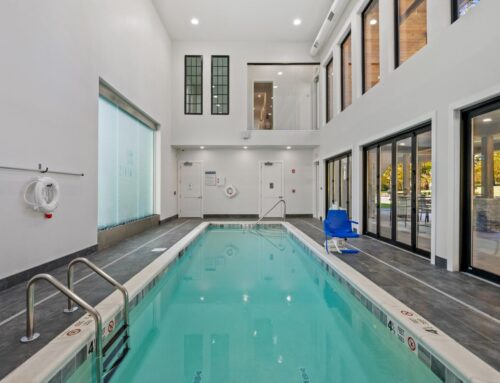
According to move.org, apartment renters in the United States should plan to spend about $240 per month for utilities. Before moving into a new apartment, make sure to check with the community manager or your leasing agent to understand what utilities are included with your rent, and which ones you will be responsible for paying. Utility costs can vary depending on what the apartment community includes and what area you are located in. If you are looking to move into a new apartment, there are certain tricks for lowering your monthly utility bills including electricity, gas, water, and cable. Here are some tips on how to cut down apartment utility costs.
- Switch out the light bulbs in your home for energy efficient LED lightbulbs. Energy-Efficient Light Bulbs save energy and last longer.
- Replace your air filter in the air conditioning system every 3-6 months. Dirty filters require more energy to push the air through.
- Turn off all lights and fans when you leave the house.
- Only run the dishwasher, washer, or dryer when you have a full load to cut back on water and electricity usage.
- Open a window whenever you can, instead of turning on the air conditioning.
- Upgrade your appliances to newer energy-efficient ones to use less energy and money.
- Seal any cracks in your windows and doors to prevent obstructed air flow in your home.
- Bundle up to avoid having to raise the heat in the colder months.
- Limit the amount of time it takes you to shower to save on water usage.
- Wash your clothes in cold water when doing laundry.
- Switch out your shower head for one that saves more water.
- Adjust your thermostat to a lower temperature when you are not home or for a few hours at a time.
- Insulate your home where you can, especially in attics and basements where air tends to escape or come in more easily.
- Use a drying rack to dry clothing when you can, instead of using the dryer.
- Receive multiple quotes from different utility providers to make sure you are receiving the best deal.
- Examine your utility bills to see what is using the most energy or consumption and find ways to adjust.







